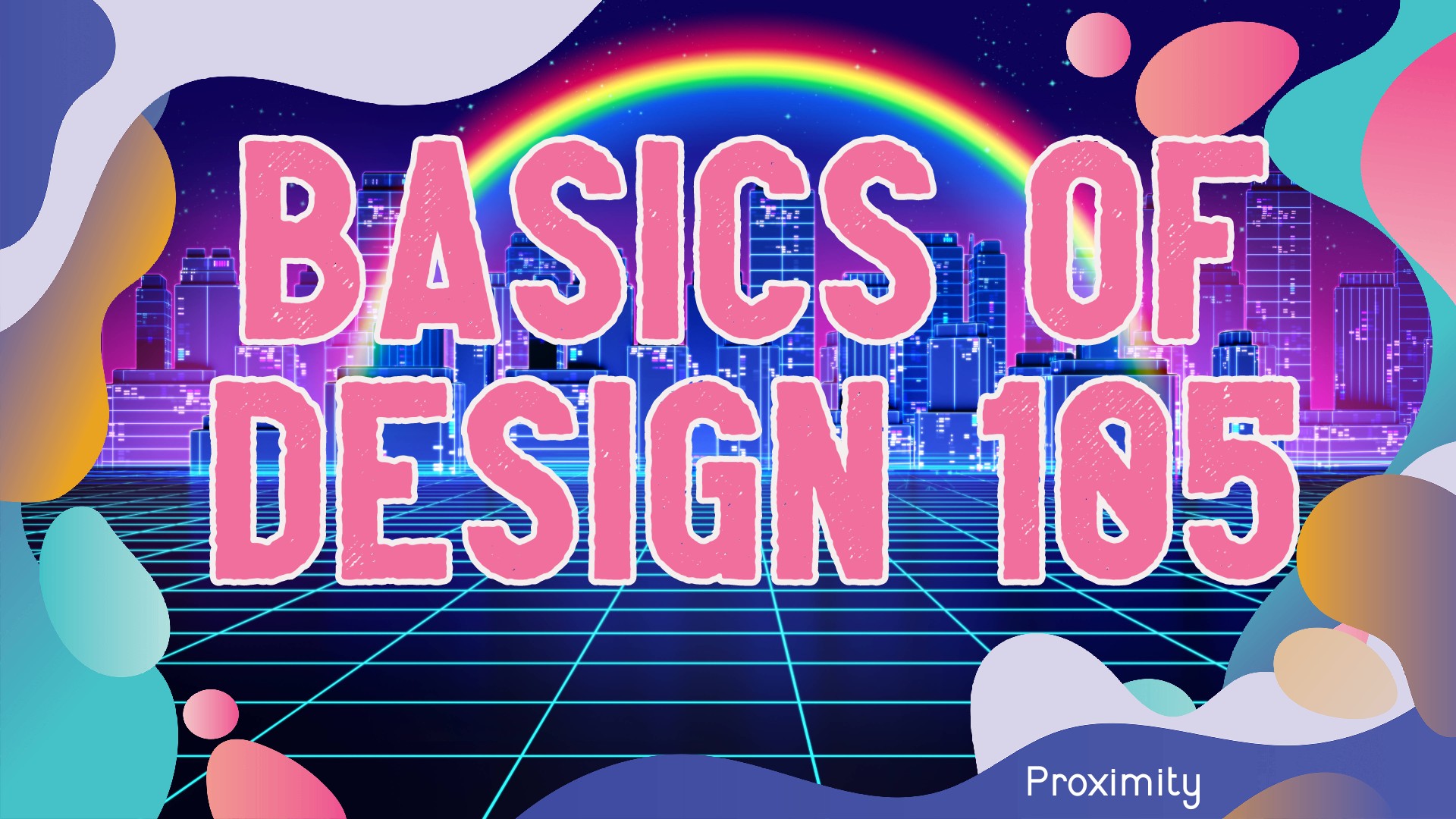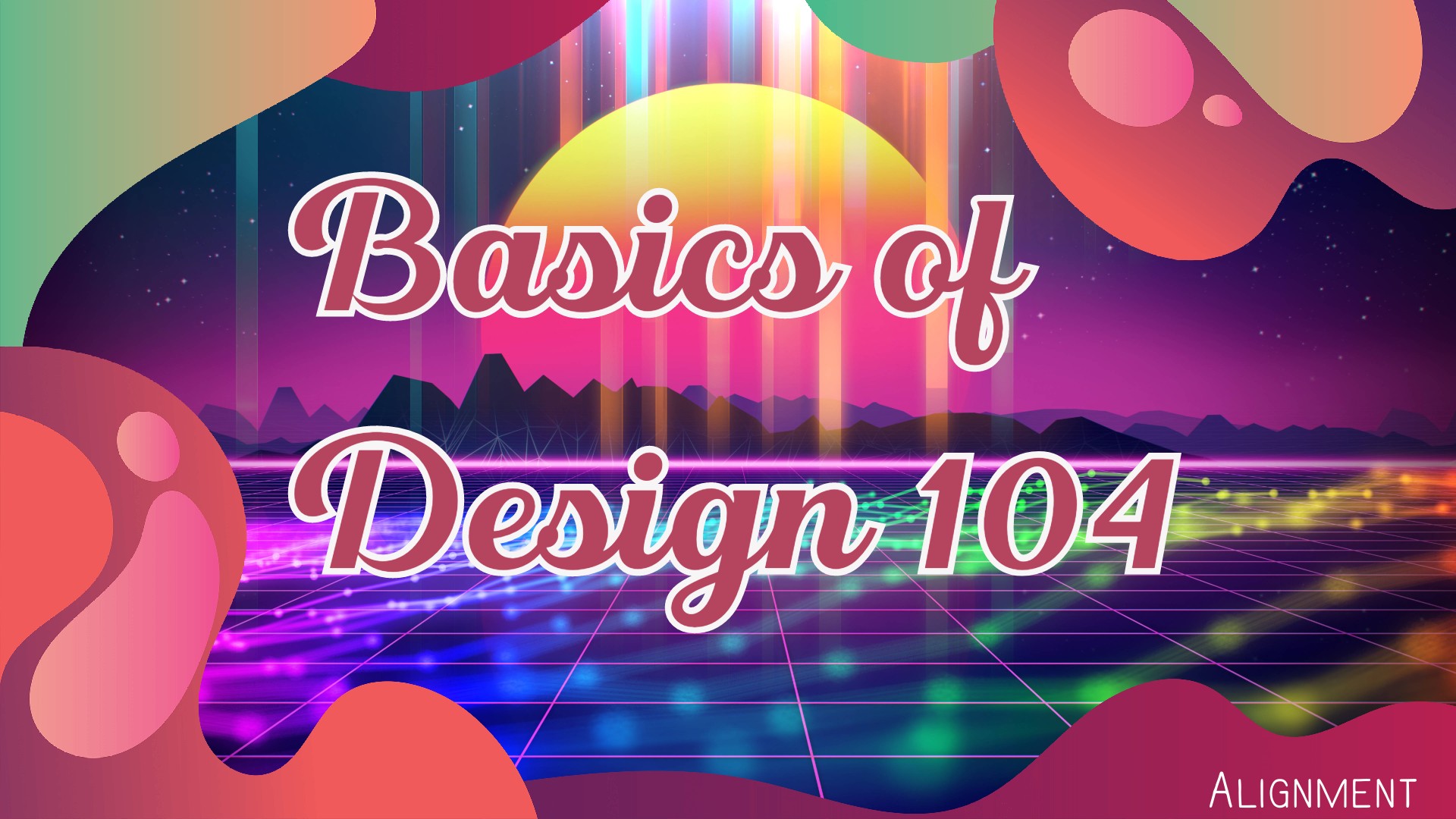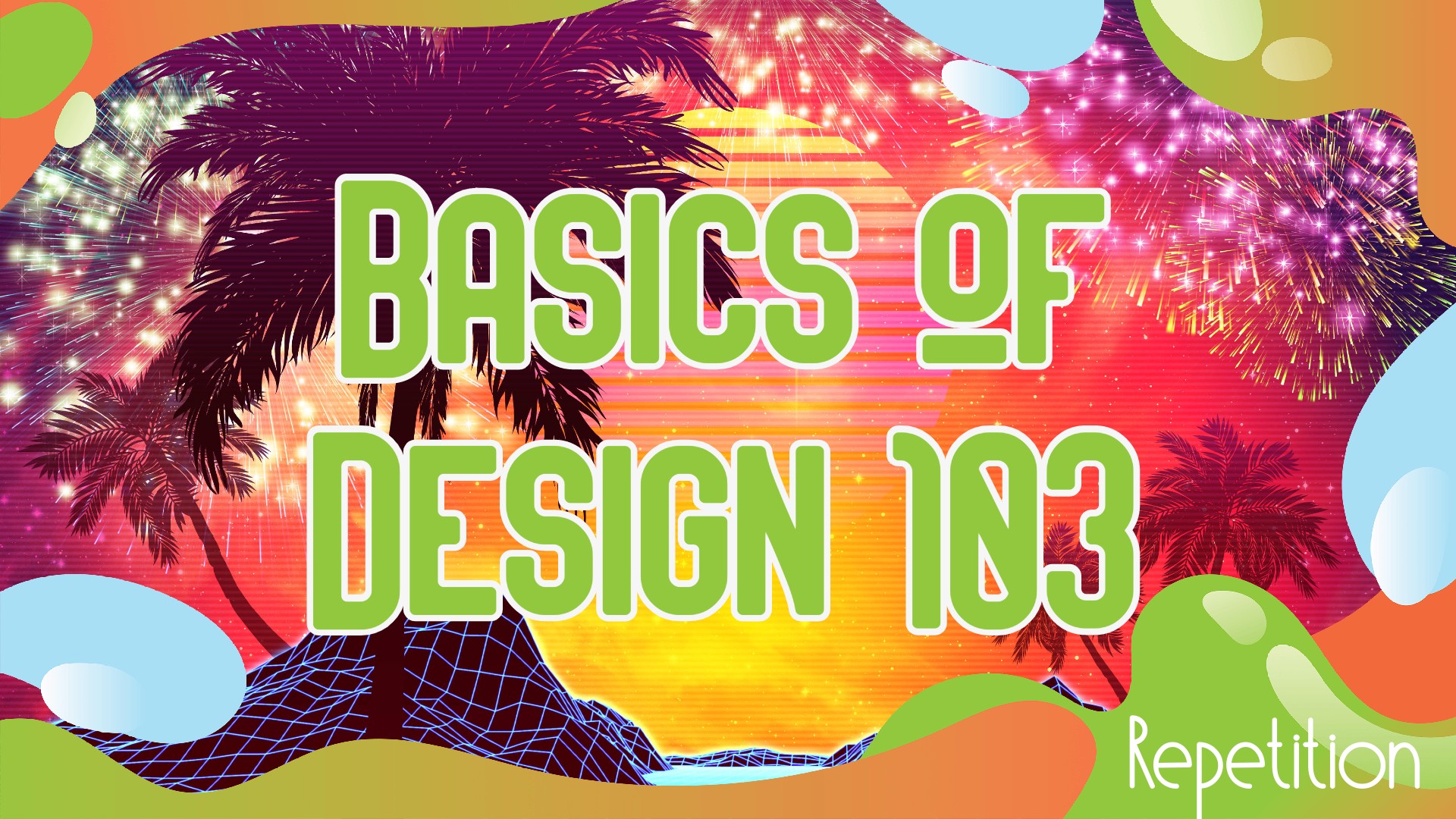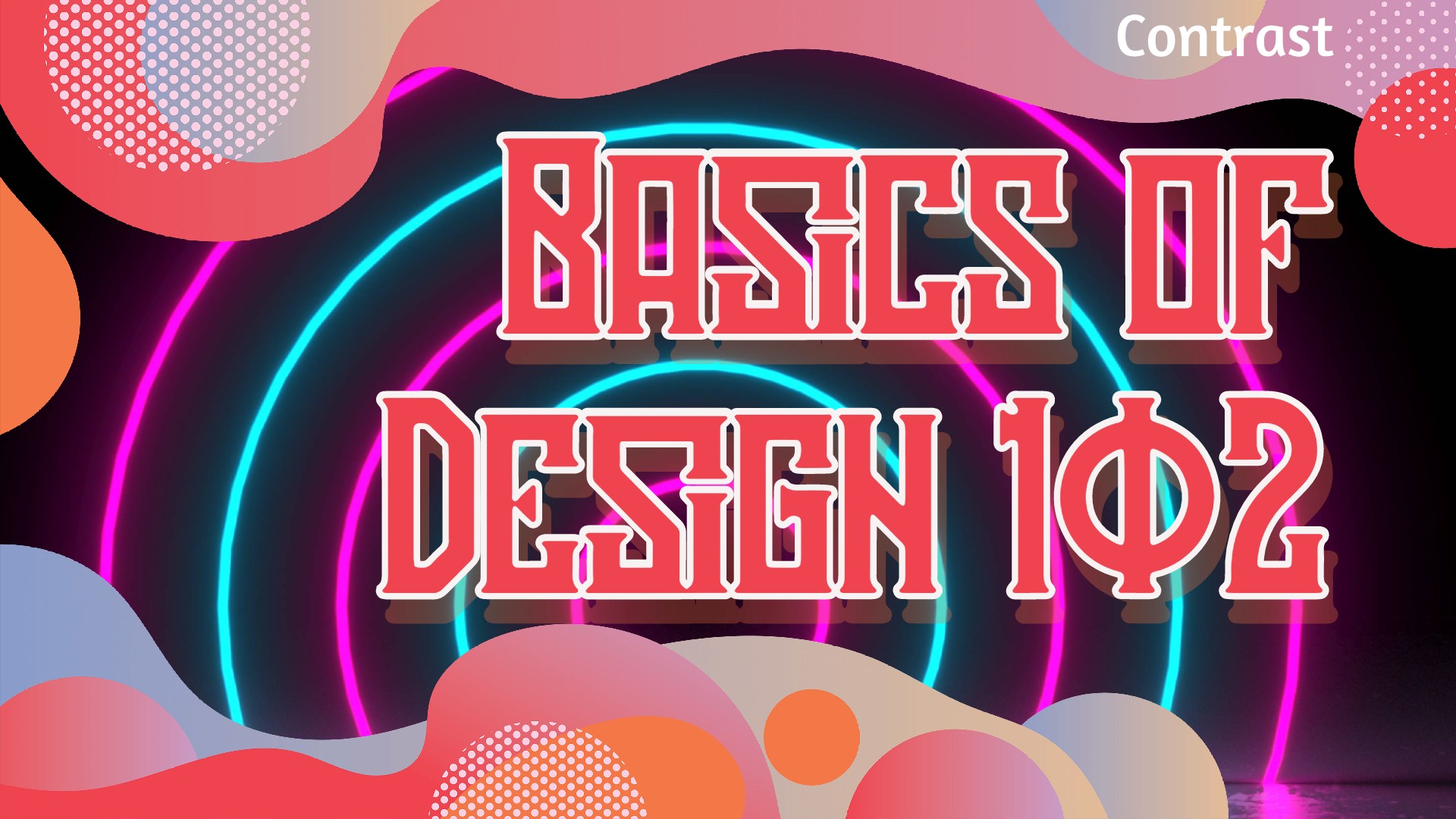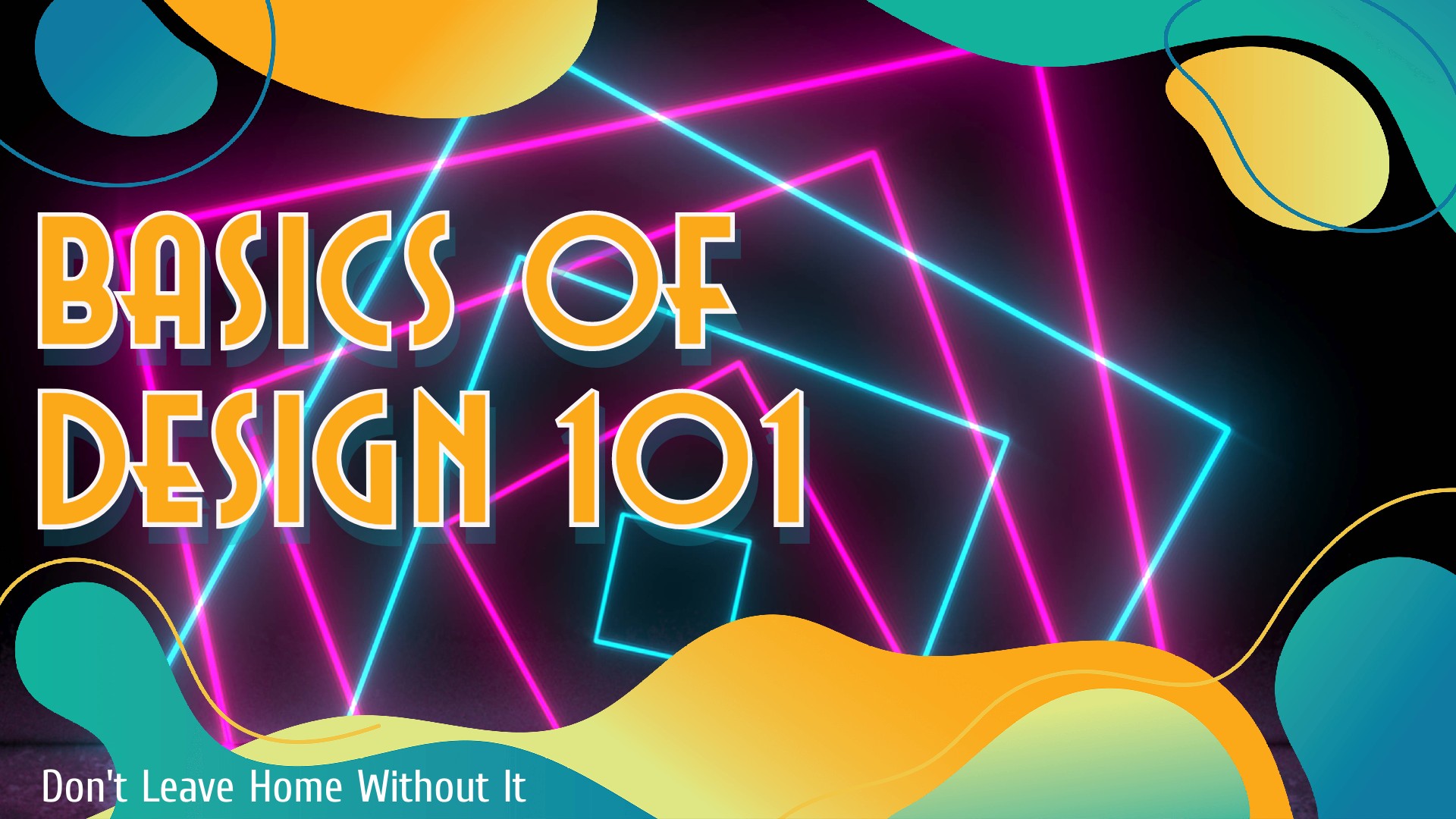Tag: basics of design

Basics of Design 106: Typefaces & Colors
We are approaching the end of our Basics of Design series (101, 102, 103, 104, 105), and we have some major topics to discuss. So today, we jump into typefaces (fonts) and colors. Typefaces come first. There are six styles of typefaces. The styles are sans serif, modern, slab serif, old-style, script, and decorative. Never…

Basics of Design 105: Proximity
The fourth and final principle of design is proximity. Proximity is something you must be aware of, especially if you have multiple points of interest in your artwork or design. Proximity is the act of physically moving items together to show a relationship. If they are close, they form a group. This information should all…

Basics of Design 104: Alignment
Welcome back to the Basics of Design series (101, 102, 103). Today we discuss the easiest of the four principles and the one that we can mess up the fastest. Alignment has two basic rules that fall under it. 1) First, alignment covers the alignment of the text on the page. Just like when you…

Basics of Design 103: Repetition
Are you ready to learn more about design? This is part three in the series (101, 102). Today we cover something ubiquitous, but you don’t notice until you learn about it. It’s called repetition. Repetition is using various techniques, such as color or design, to make the art flow together. On a one-page document, like…

Basics of Design 102: Contrast
Here we go with our first principle of design: contrast. We use contrast to attract the reader’s eye and also lead them along with the page. If we did not use contrast, everything would seem important, or everything would seem unimportant. We can use contrast with color, size, weight, boldness, fonts, etc. We want to…

Basics of Design 101: Don’t Leave Home Without It
I never knew that I had a creative streak. I grew up in the US Military and had never really had to exercise my creativity throughout my career. As a technician, I had to come up with some unorthodox methods to solve some issues, but never creativity as a design aspect. Then, I went and…

